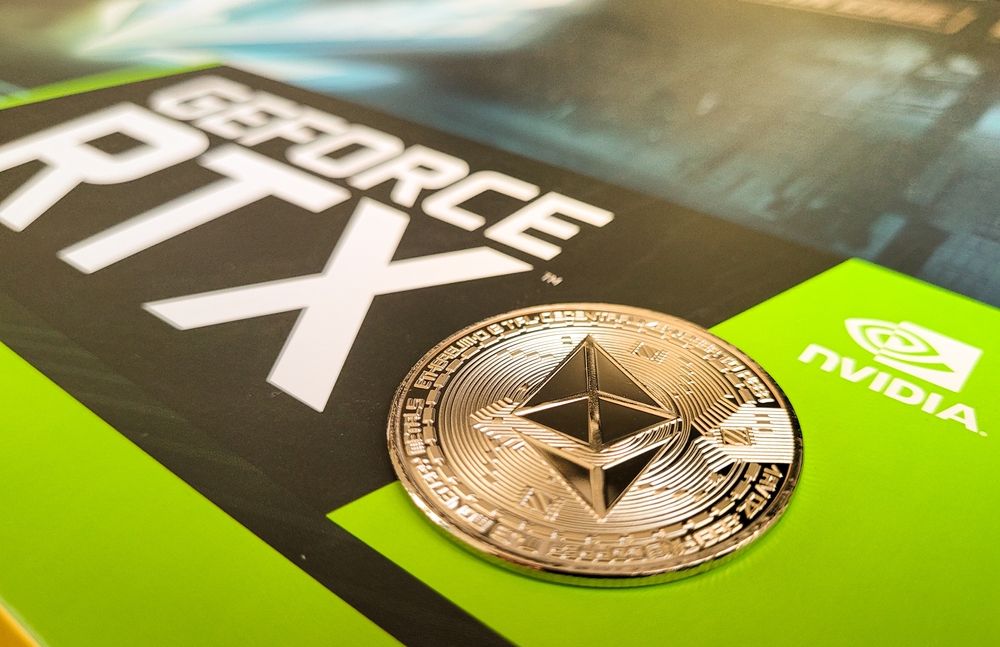
When Nvidia launched its Ampere Lite Hash Rate (LHR) graphics card with the feared Ethereum anti-mining limiter, the world knew it was only a matter of time before someone or a team cracked it. NiceHash, the company that designed the QuickMiner software and Excavator miner, has finally broken Nvidia’s algorithm, restoring LHR graphics cards to their 100% Ethereum mining performance.
Since LHR’s introduction a year ago, many have tried to circumvent the anti-mining limiter. Mining software like NBMiner managed to recover up to 70% performance on LHR graphics cards. Meanwhile, other programs like T-Rex were more creative and enabled simultaneous mining of two distinct cryptocurrencies to put the remaining 30% to good use. Preying on miners’ hopes, some shady crew released a supposed LHR Mining Unlocker, which turned out to be malware. However, the latest QuickMiner release candidate from NiceHash is the real deal, and we’ve tested it.
QuickMiner only supports the DaggerHashimoto (Ethash) algorithm in its current state. The software works fine on Windows, but Linux miners will have to wait until NiceHash enables support for the latter. The developer said QuickMiner can unlock almost every Ampere-powered graphics card, the key exceptions being the GeForce RTX 3050 and GeForce RTX 3080 12GB, which reportedly use a newer LHR algorithm (LHRv3). We confirmed this on the MSI GeForce RTX 3080 12GB Suprim X, which still plugs along at around 65 MH/s.
On the other hand, our GeForce RTX 3080 Ti Founders Edition quickly broke the 100 MH/s barrier with QuickMiner’s LHR unlock. When the limiter previously bound the Ampere-powered graphics card, we could only get 77 MH/s out of it. By NiceHash’s estimate, a GeForce RTX 3080 Ti LHR should get around 120 MH/s; however, that’s at very aggressive overclocks. Our sample is a Founders Edition, and we weren’t comfortable pushing the GDDR6X memory to 110 degrees Celsius. Instead, we opted for the “Medium” optimization in QuickMiner, which delivered steady hash rates of around 108–110 MH/s — still at 108 degrees Celsius on the GDDR6X, incidentally.
It will be interesting to see if Nvidia responds to this with updated drivers or implements LHRv3 in the remaining GPUs. However, it’s perhaps not worth the effort at this point, and all existing LHRv2 and earlier cards can just stay on current drivers for optimized mining performance.
This news is republished from another source. You can check the original article here

Be the first to comment